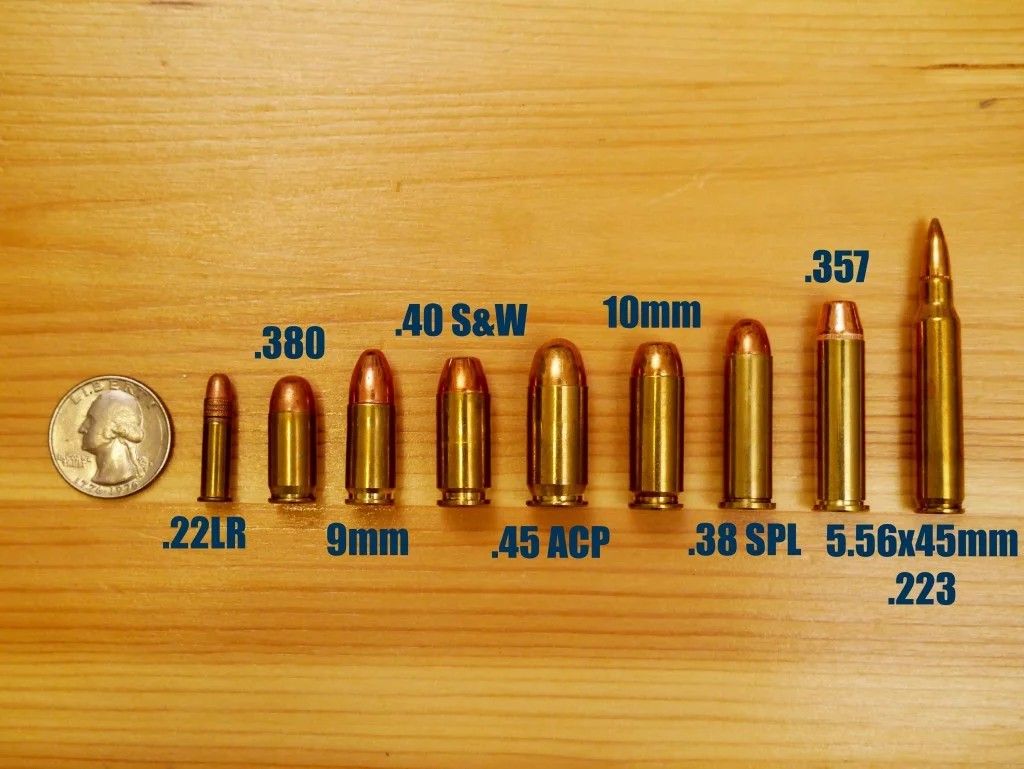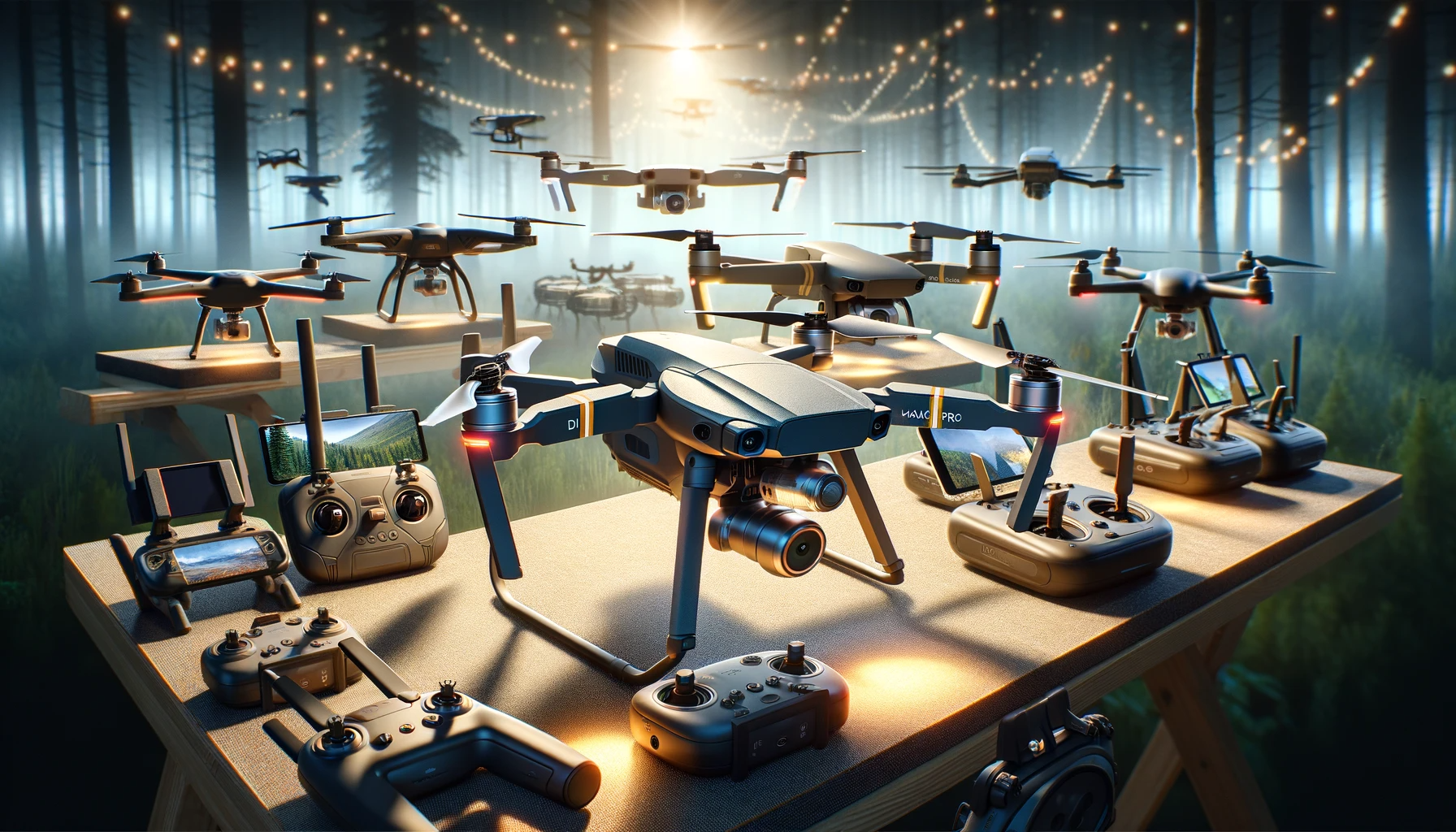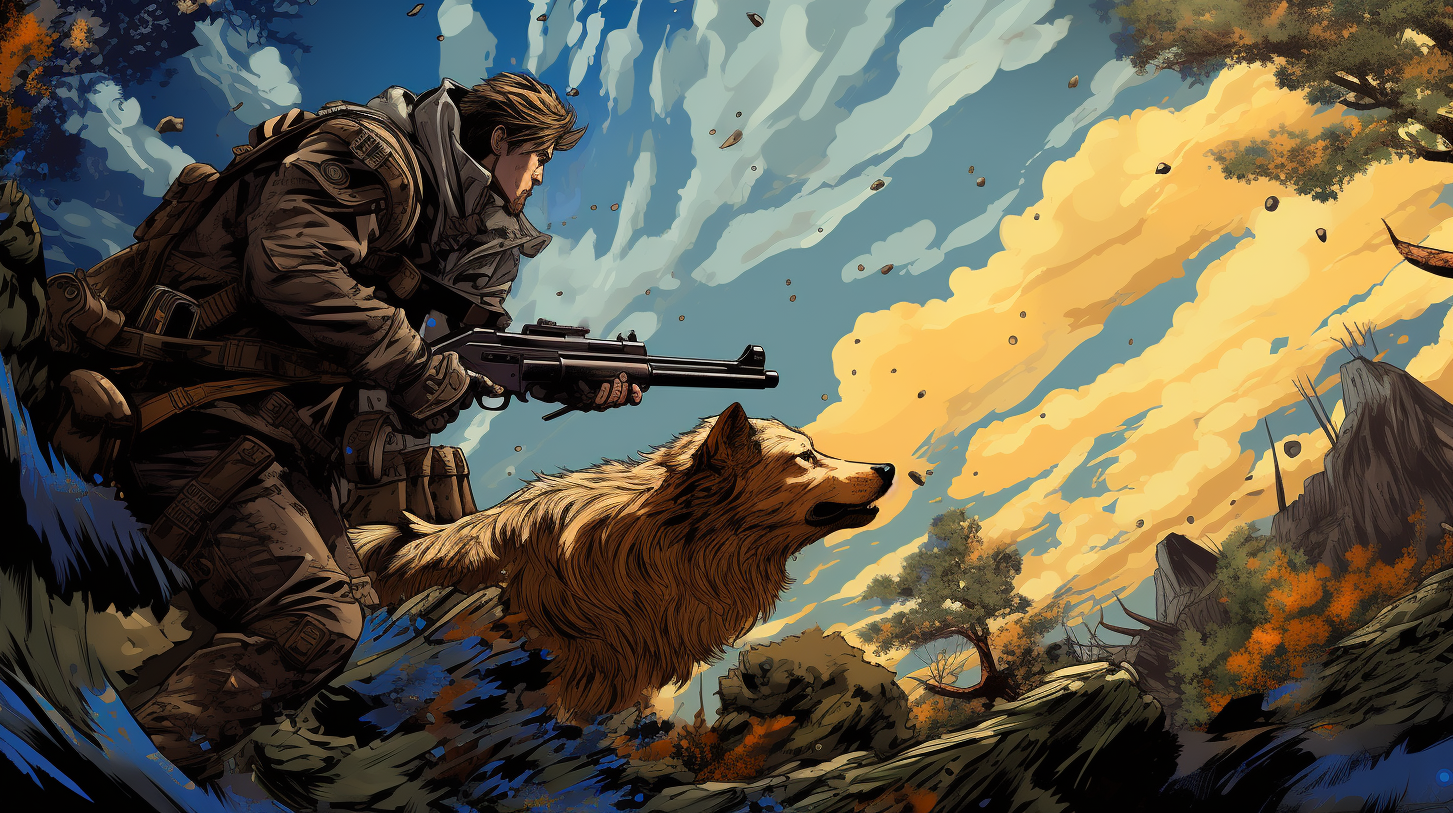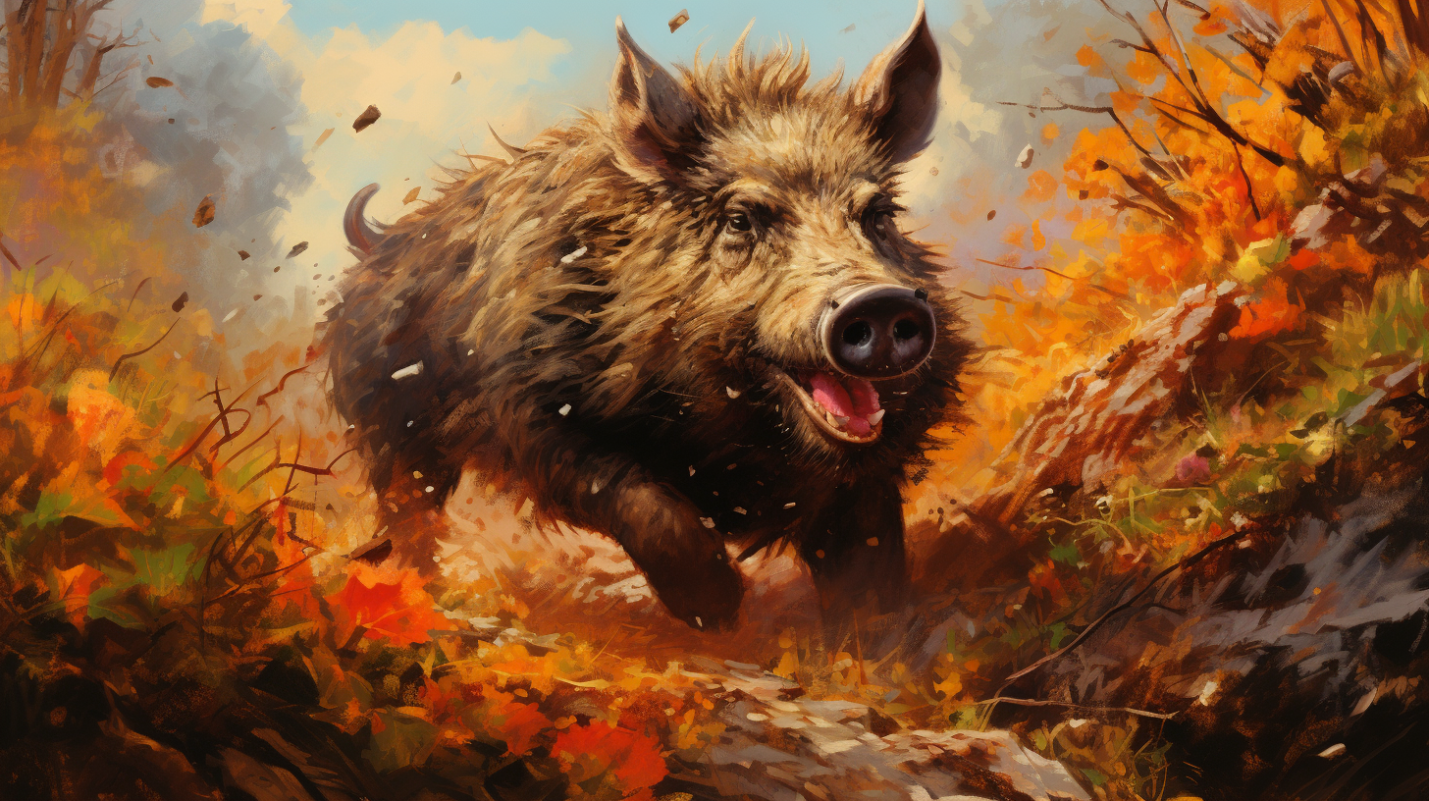
Knowing your gun calibers well better help you when hunting certain types of game animal, for target practice, and in self-defense. Yes, there are a lot of aspects and parts and terminology to ammo. Here we break it down into every category and every definition to help you better understand it, and therefore, better understand your firearm.
This post will cover terms, anatomy, specs, types, and which firearm uses what ammo. If you’re a beginner, you might have heard people mentioning some of these things. But no to worry, after reading this you’ll be much more educated in gun caliber types.
Gun Terminology Misconceptions
First off, know the difference in common misunderstandings of a few things. These are mispoken all the time in normal life, in movies, and even veteran gun owners.
The mistakes are bullet vs cartridge and clip vs magazine. The mistake lies in not understading the anatomy and not understanding the use.
Cartridge Anatomy

Don’t get the terminology wrong or you’ll end up looking like you don’t know what you’re talking about. However, you’ve probably heard this first term all the time, and no one corrects it. The first word is bullet.
A bullet is the projectile that leaves the firearm and penetrates the target. In movies, you might hear someone who has emptied their magazine to ask, “Do you have more bullets?”. Or even, “Gimme an extra clip”. These are incorrect. The “bullet” is part of the cartridge. And a clip is what holds cartridges. The “cartridge holder” that slides into the firearm is a magazine.
The second word is propellant or gunpowder. This is ignited by the primer which forces the bullet to shoot from the gun. The rim of the cartridge lets the extractor grab and remove the casing from the chamber.
All of this is held together in the cartridge case, or casing once the bullet is fired.
Bullet Weight
A bullet’s weight is determined by the amount of grain inside the bullet. The weight plays into many factors of the bullet. These inslude the impact, recoil, trajectory, distance, and ballistics. A heavier bullet will have a more powerful impact. While a lighter bullet will prevail in speed and distance.
There’s a wide selection of grain amount choices depending on what kind of firearm you are using. Grains range from the 20s to the 200s. A usual hunting rifle like a .243 or .308 might use 100-180 grain.
Bullet Velocity
The speed of a bullet, or bullet velocity, will change depending on the kind of bullet you choose. Some are for target practice, others for hunting, and some for stopping power.
To better understand the types of there are, here are some of the most known ones.
Hollow point – great for power and accuracy . These are designed with the tip of the bullet hollowed out which creates expansion on impact. This makes them deadlier and with more stopping power. A first choice among home defense users.
Full metal jacket – great for distance. These are completed covered with lead and metal. This allows the bullet to penetrate straight through soft targets, but will flatten against hard objects. These are most widely used with law enforcement and military.
Ballistic tip – best for long-distance shooting. The tips of these are polymer that cave into the bullet upon impact. This means the bullet can travel faster and farther. Hunters and sport shooters choose this option.
Rimfire vs Centerfire

There are two kinds of ignition systems in cartridges, rimfire and centerfire. A simple way to spot the difference – if you see the silver primer in the center of the base of the cartridge then it’s a centerfire. So what are the other differences?
Well, centerfire cartridges are most used and most known. Unlike rimfire, they are reloadable and reliable. However, some might prefer rimfire due to their cost and low recoil.
Handgun, Rifle, & Shotgun Calibers
Not that you better understand cartridge terms, anatomy, and types, it’s best to know the various calibers available. Different guns (handguns, rifles, shotguns) have different calibers and within those gun types there are more calibers (.357 Magnum vs 9mm Luger).
- Pistols
- .22 – Walther PPQ 22, Taurus TX22
- .380 – Ruger MK2, Glock G42
- 9mm – Glock 17, Glock 19
- .40 – Beretta PX4, Sig Sauer P226
- .45 – Walther PPQ 45, Ruger SR1911
- .357 Magnum – Smith & Wesson, Colt Python
- Rifles
- .22LR – Ruger 22
- 7.62x39mm – AK47
- 5.56x45mm – AR15
- .243 – Savage Axis II XP
- .270 – Mossberg Patriot
- .30-30 – Marlin 336W
- .308 – Remington 700
- Shotguns12 gauge bird shot, buck shot, slugs
Shotguns are different from other calibers in that they use either ball bearings or slugs. Gauges are measured by the number of balls in the shell. So a shell with 12 lead balls in it is a 12 gauge. A 20 gauge means there are 20 balls inside, so it’s smaller. Then there are slugs. Slugs consist of a single piece of lead and copper. So they’re the most powerful.


